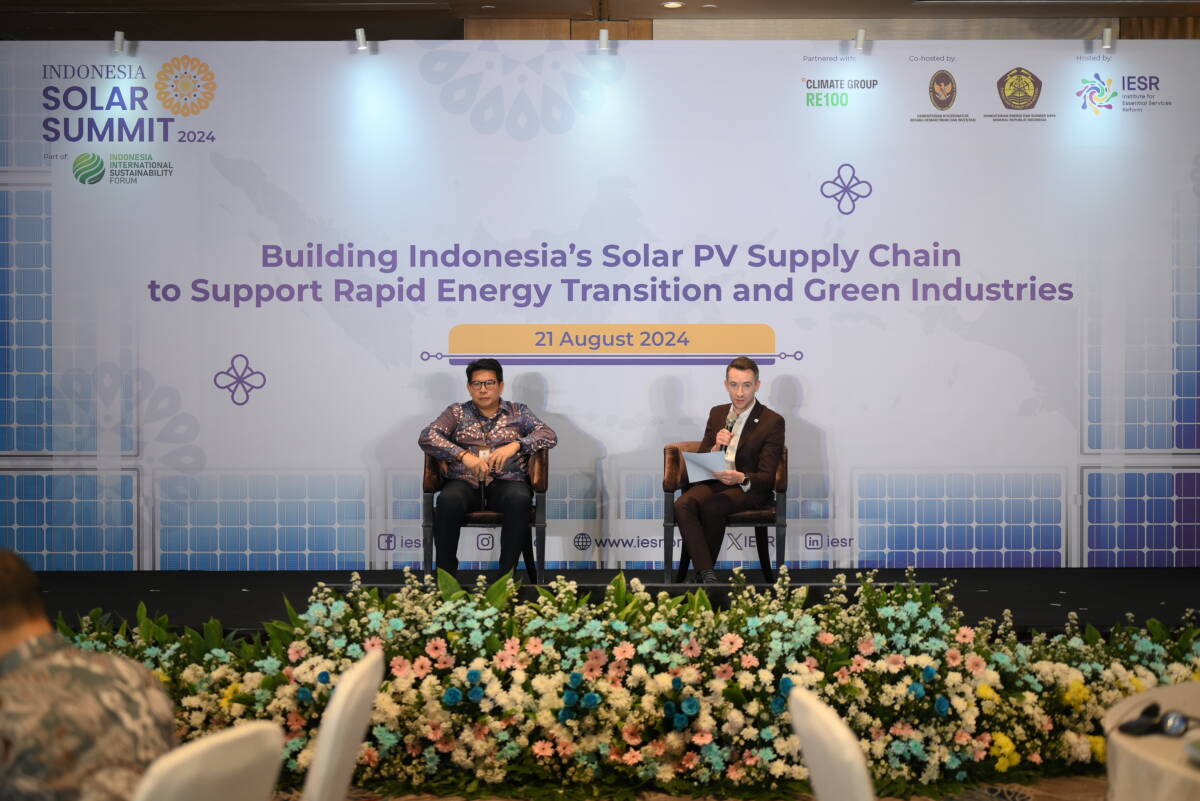
Global Businesses Call on Indonesia’s Government to Unlock the Country’s Renewables Investment Potential
Large international companies have strongly encouraged the country to increase its renewables target, allow more renewable sourcing options for corporates, and ... Read more.
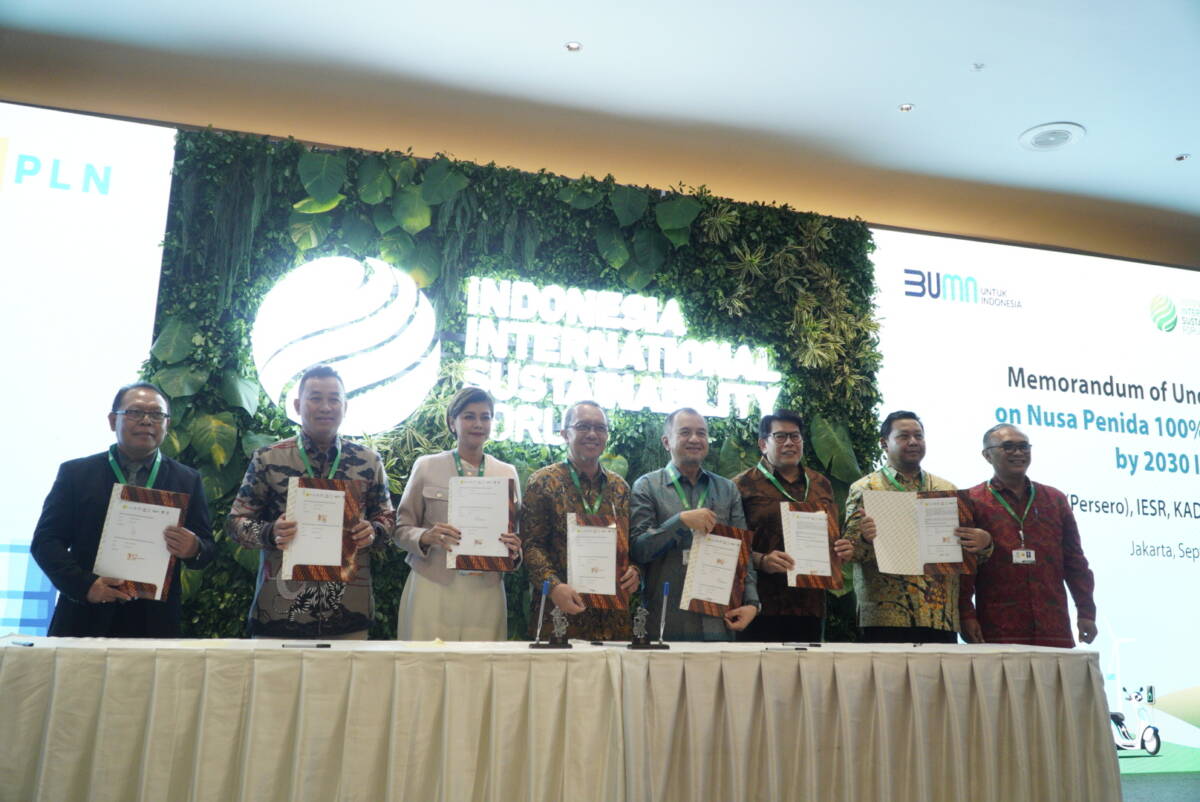
Synergy and Mobilization of Support to Realize Nusa Penida 100 Percent Renewable Energy 2030
Jakarta, September 5, 2024 – The Institute for Essential Services Reform (IESR) and the Bali Provincial Government have committed to supporting the Bali N... Read more.

IESR Recommendations for an Ambitious, Fair, Credible, and Transparent SNDC
Jakarta, August 30, 2024 – The Ministry of Environment and Forestry (MoEF) has submitted an initial draft of the Second Nationally Determined Contribution... Read more.

A Story from Shanxi: The Ambition to Master Renewable Energy Technology
One of the solar-powered benches at LVG Zero Carbon. Taiyuan, China, August 1, 2024– In front of a building labeled “LVG Zero Carbon,” rows of... Read more.
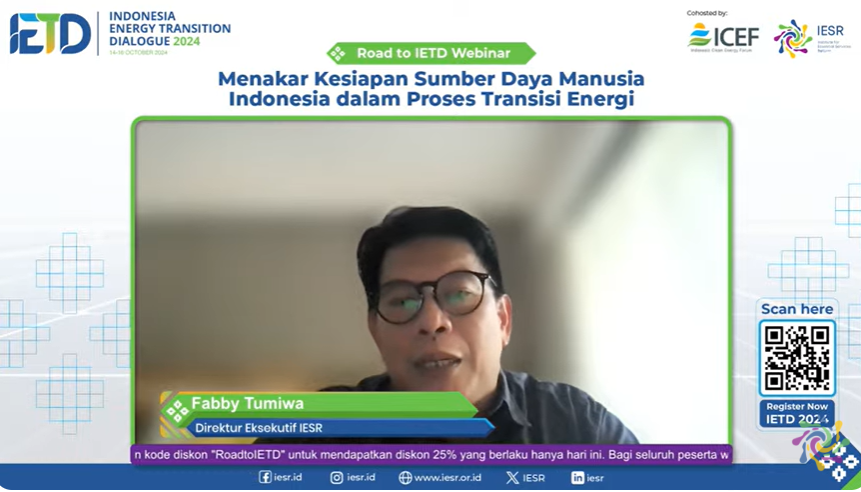
Road to IETD 2024: Strategies to Prepare Highly Competitive Human Resources in the Energy Transition Era
Jakarta, 27 August 2024 – Decarbonization of the energy system towards net zero emission (NZE) in line with the Paris Agreement to limit the earth’s... Read more.
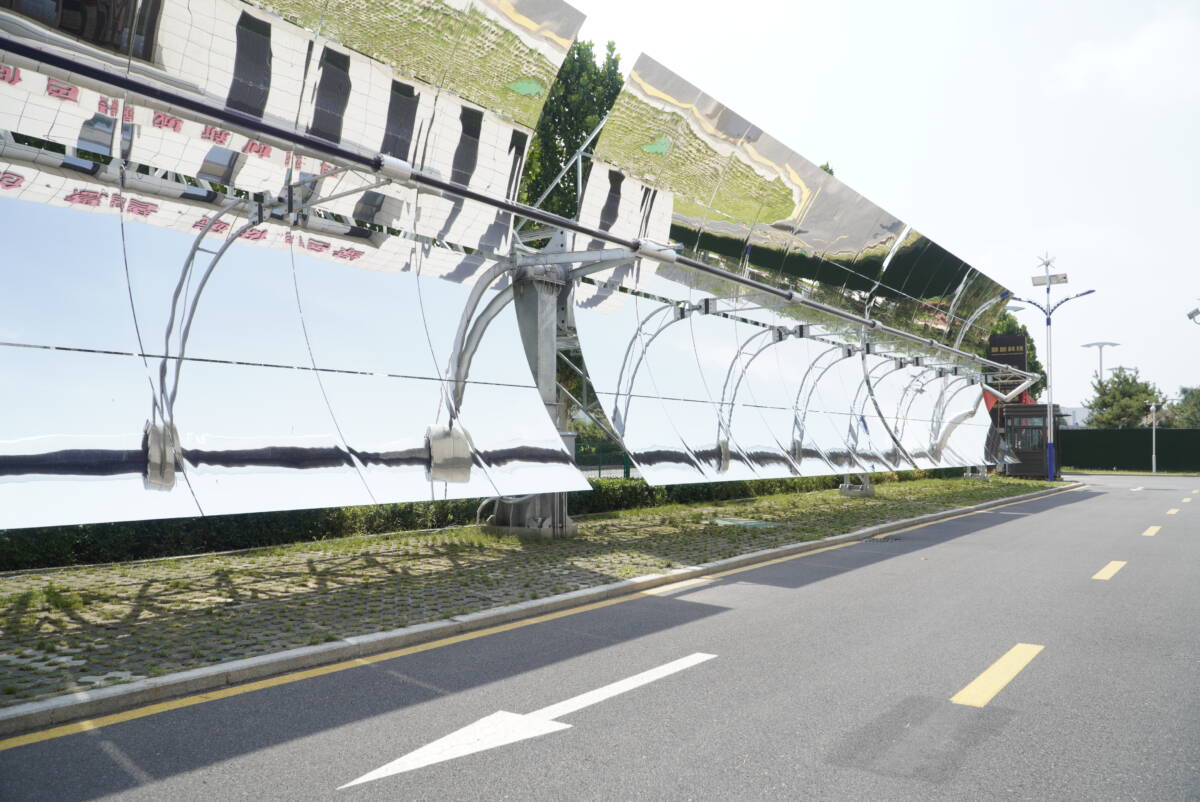
A Story from Shanxi: Renewable Energy Industry Evolution
The application of solar power plants with reflectors at Shanxi Shuangliang Renewable Energy Industry Group Taiyuan, China, 31 July 2024 – The sun shone b... Read more.
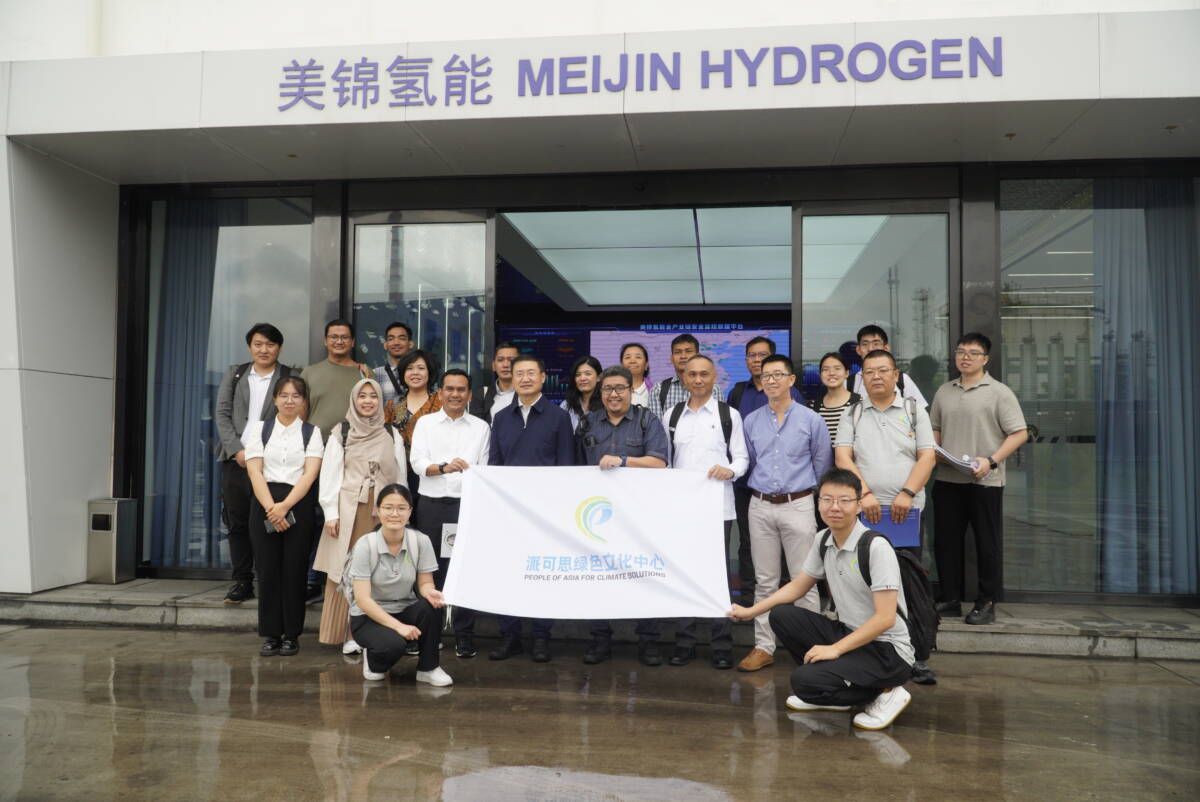
A Story from Shanxi: Hydrogen Pioneering in Shanxi
July 30, 2024,Taiyuan, Shanxi, China– A hydrogen-powered bus had been parked since seven in the morning in Shanxi, China. The hydrogen-fueled bus took gro... Read more.
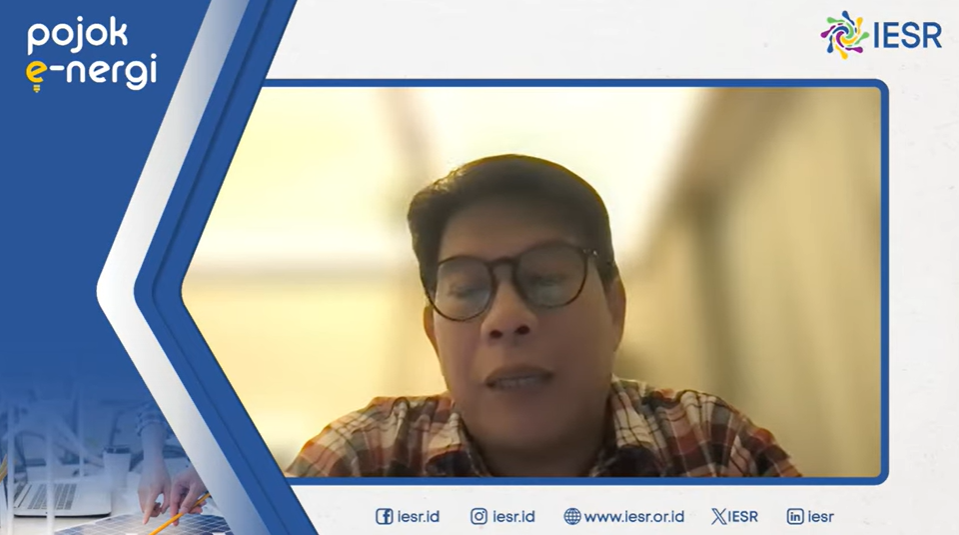
Optimization of TKDN Rules to Encourage the Growth of the Local PLTS Industry
Jakarta, August 22, 2024 – The government has just updated two regulations regarding the level of local content requirements (TKDN). The Ministry of Energ... Read more.

Indonesia Solar Summit 2024: Formulating Concrete Steps to Strengthen the Domestic Solar Industry
Jakarta, August 21, 2024 – Coordinating Minister for Maritime Affairs and Investment, Luhut Binsar Pandjaitan, today highlighted the importance of enhanci... Read more.
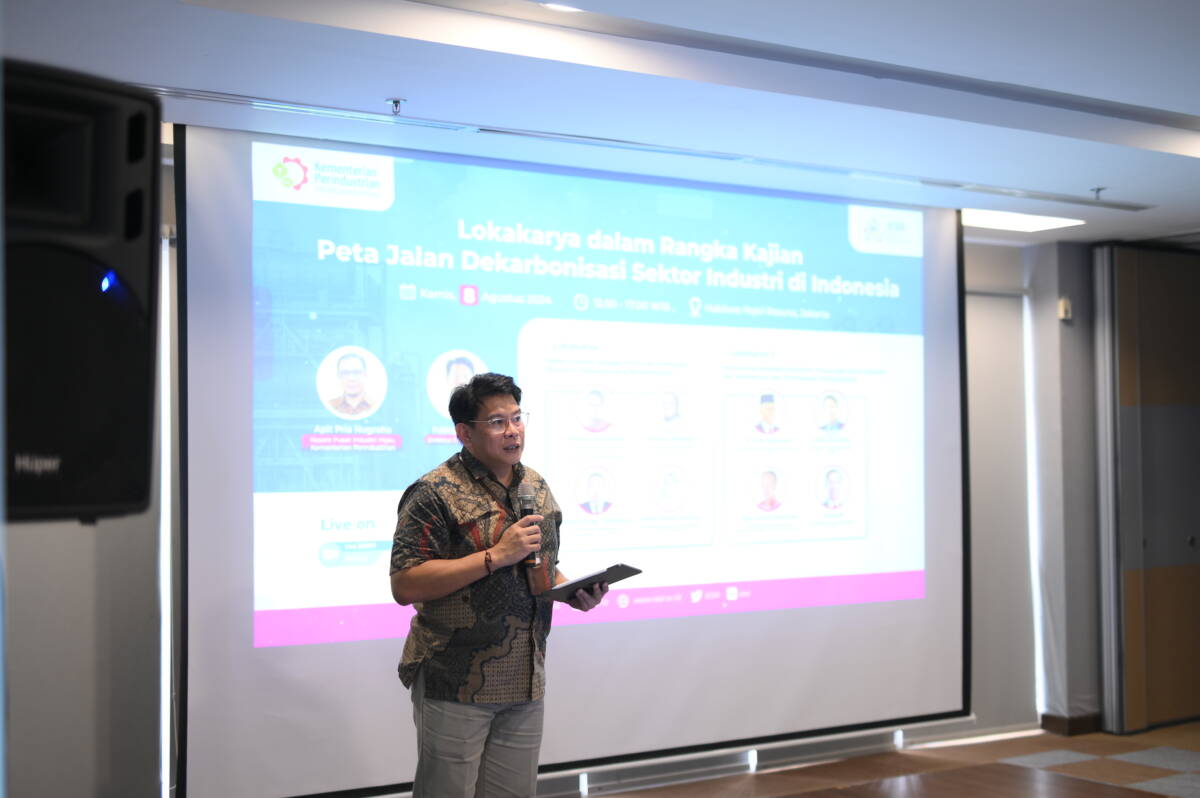
Leadership Change at MEMR Expected to Accelerate Energy Transition
Jakarta, August 19, 2024 – President Joko Widodo inaugurated Bahlil Lahadalia as Minister of Energy and Mineral Resources (MEMR) for the remainder of the ... Read more.

